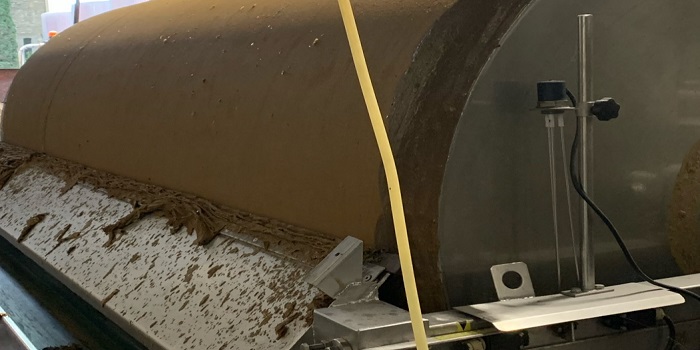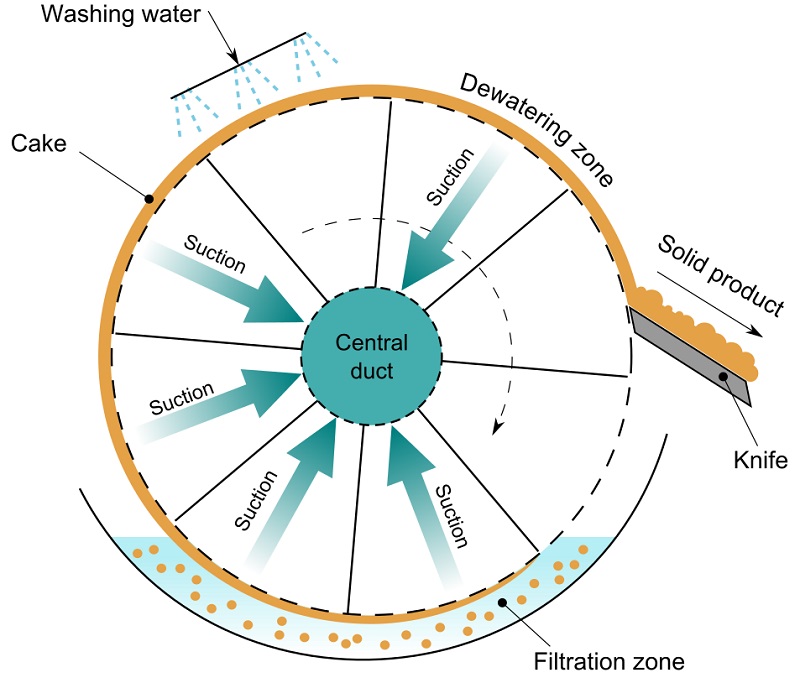Factors Influencing the Style and Quality of Wine
Filtration
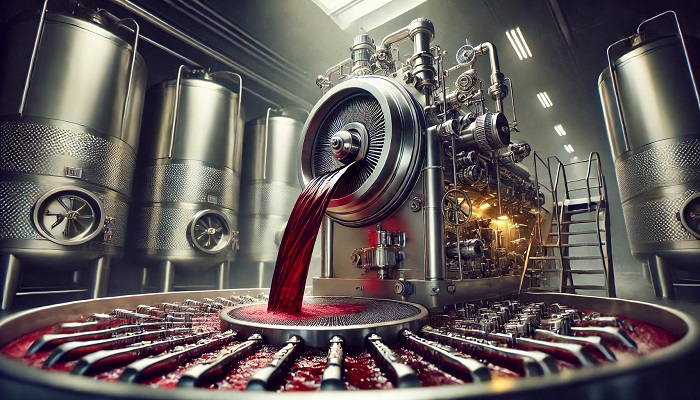
Wine filtering in a traditional winery
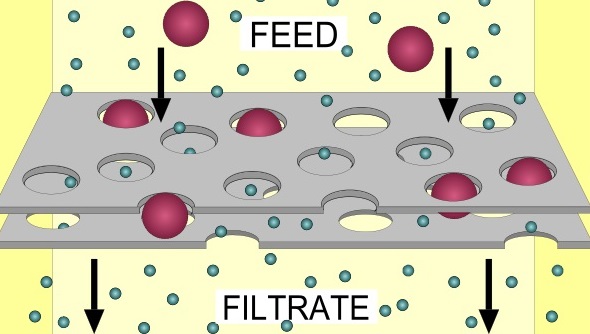
Oversized particles in cannot pass through the structure of the filter.
Filtration
Filtration involves passing the wine through a filter to physically remove suspended solids and microbes, including yeast and bacteria, which may cause haze or instability.
Filtration provides a high level of clarity and microbial stability, ensuring that the wine is visually appealing and less likely to spoil after bottling. It is a more controlled and predictable process compared to sedimentation or fining.
Some winemakers argue that filtration can strip the wine of subtle flavors and aromas, leading to a less complex final product. Over-filtration, in particular, may lead to a loss of texture and mouthfeel.
Depth Filtration
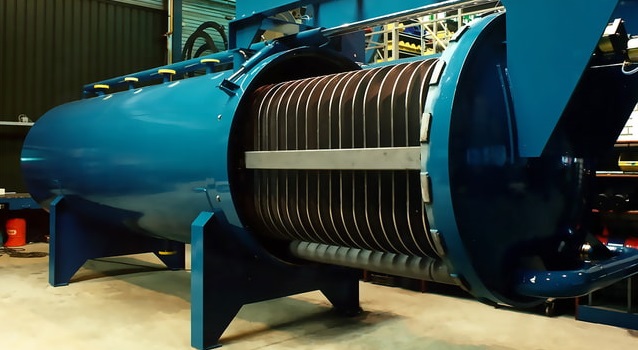
Vertically positioned filter leaves in a filter tank.
Leaves can easily be removed for manual cleaning.
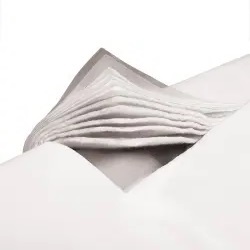
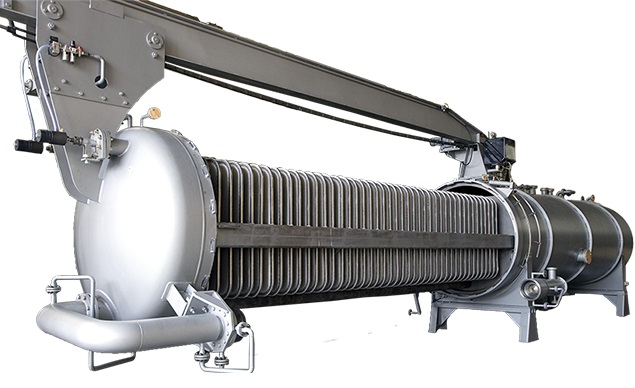
Depth filtration uses a filter to trap particles inside the filter while wine passes through.
Filters are rated by microns (coarse, medium, fine):
Coarse filters can polish a wine without losing its color or body.
Medium filters will only take a limited amount of body and color out of a wine.
Fine filters remove 80% or more of yeast and sediment and are best used after medium pads.
In the filters, particles build-up, causing pressure to increase and flow rate to decrease. When this reaches a point, the winemaker must clean the system before continuing.
Surface Filtration
Surface filtration uses a filter that block particles on the surface of the filter.
It blocks particles larger than the filter pores, like a fine sieve or a coffee filter.
In a first filtration, a coarse filter can remove yeast particles that give the wine a cloudy appearancene.
In a second filtration, a finer filter remove can bacteria before the wine is bottled.
Rotary Vacuum Drum
The rotary vacuum drum (1872) is one of the oldest filter methods used in wine production.
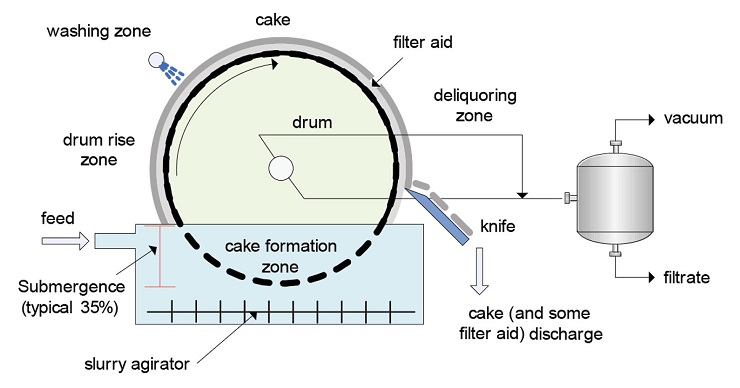
A large rotating drum is submerged in a slurry with a mixture of wine and solids.
The drum is covered by a cloth that acts as a filtration medium.
As the drum rotates in the wine, particles are stucked on the surface of the cloth.
A cake of solids builds up on the cloth, which is then removed by scraping or washing.
Cross-Flow Filters
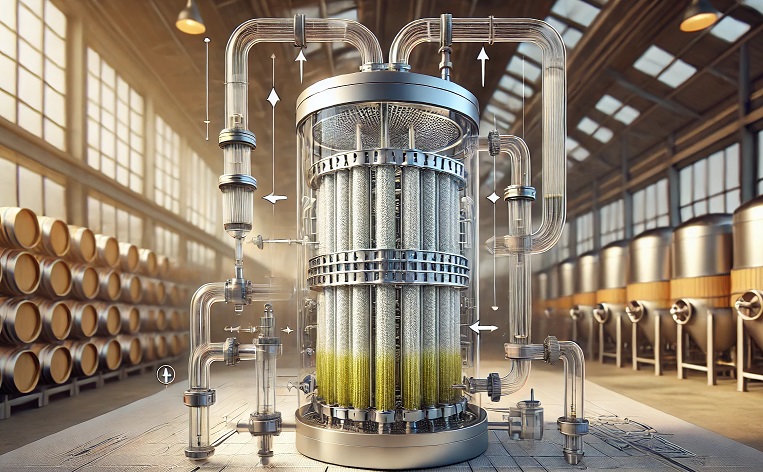
Cross-flow filtration is widely regarded as a modern, eco-friendly, and effective method in winemaking, ensuring high-quality wines with reduced manual intervention.
Cross-flow filters are handy because they self-cleans as it is filtering the wine. Unlike deep filters, cross-flow filters can filter wine with a high load of particles quite quickly without the need for pre-depth-filtering.
Cross-flow filters are expensive. But, it may be worth to invest in a machine that does the whole job.
How it Works
Tangential Flow:
Wine flows tangential (parallel) to a membrane surface instead of through it. This reduces clogging and improves efficiency.Selective Permeation:
The membrane allows smaller molecules (water and alcohol) to pass through, while retaining larger particles (yeast, bacteria, microbes).Continuous Process:
The wine circulates. Only clean wine passes through the membrane, leaving behind impurities in a concentrated form for disposal.
Advantages
Higher Efficiency:
Removes particles down to microscopic levels (0.2 microns or smaller).No Pre-filtration Needed:
Handles high haziness (cloudiness) without clogging as quickly as traditional filters.Improves Stability:
Eliminates spoilage organisms, reducing the need for preservatives like sulfur dioxide.Minimizes Waste:
Unlike deep filters, it does not leave large quantities of disposable filter media.Preserves Wine Quality:
Operates at low pressures, maintaining wine aroma and flavors.
